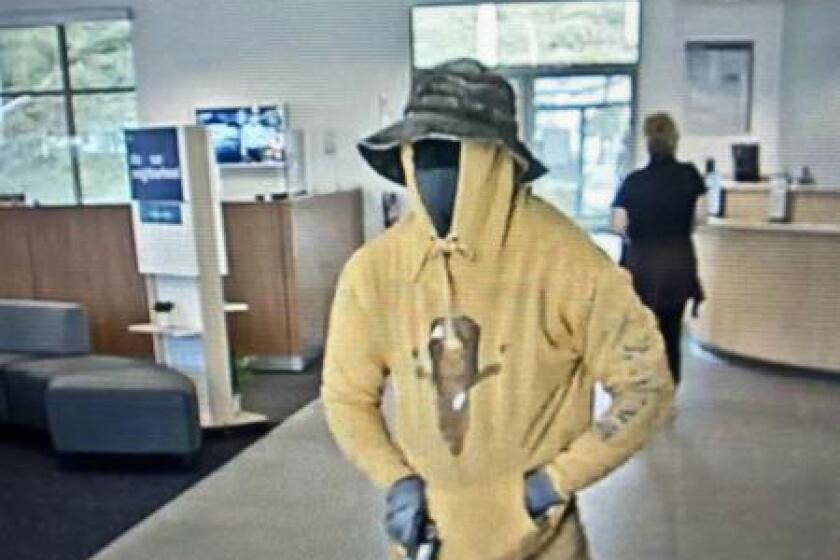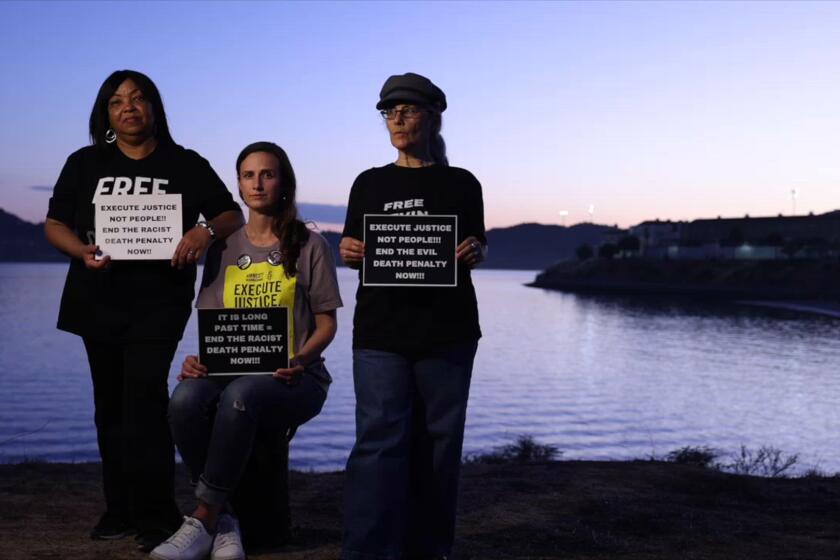Getting Answers : A Laundry Squeezed by the City’s Bureaucratic Wringer. . .
The following is excerpted from correspondence between Shawn M. Miller, an entrepreneur trying to renovate a Laundromat, and officials in the Los Angeles Bureau of Sanitation over securing proper permits. Jan. 23, 1995
Bellete W. Yohannes
Chief Inspector
Bureau of Sanitation
Thank you for taking time to listen to my industrial waste water concerns this morning.
Per your suggestion, I have outlined my grievances below:
In October of last year, I applied for and received a building permit from the City of Los Angeles to renovate an existing Laundromat located in an historic building north of the USC campus. I then applied for an industrial waste water permit through your office on Nov. 18, changing the old permit because the ownership had changed. In my subsequent discussions with Inspector James Livingston of your staff, I was led to believe that changing the old permit would not pose any problem and that I met all Bureau of Sanitation ordinances.
In January, two weeks before I was about to reopen, I phoned Mr. Livingston to inquire about my application. At this time he informed me that a new ordinance had just been passed requiring laundries to install a lint trap in the water line before flowing to the sewer system and that my permit would not be issued until I met its requirements.
James Livingston informed me that this ordinance specifies only that a lint collector which (a) is able to handle the water outflow, (b) has two screens of a minimum density, and (c) is accessible to allow periodic cleaning be installed. This leaves many options for accordance.
Plumbing projects, however, must be approved by the plumbing division of the Department of Building and Safety. According to Phil Goosman, chief plumbing inspector, only one City of L.A.-approved lint collector is available. This apparatus, weighing over 3,000 pounds and costing several thousand dollars, can only be installed with the use of an industrial crane. In my existing historic building I am told by the lint collector’s manufacturer that the crane’s boom would not fit through the door, and the Preservation Society will not allow the destruction of a wall to fit a crane through.
In essence, your office has deemed “what” must be done and the Department of Building and Safety says “how” it is to be done. But in this case, there is no solution to bridge the two; only each department pointing a finger at the other over who is creating the problem.
These inordinate levels of bureaucratic runaround and delay for the installation of eight washing machines are wholly unacceptable.
As a young entrepreneur I have striven to seek proper channels and maintain utmost propriety in my endeavors. Your department’s delay of my permit application has now set my opening back by two months and come at great expense and hardship to myself and my business.
I appreciate your attention to this matter, but would be more grateful if a viable solution can be reached to something which should never have become a problem.
SHAWN M. MILLER
Mama’s Laundry
. . . And a City Comes Clean
Jan. 30, 1995
Shawn M. Miller
Mama’s Laundry
Dear Mr. Miller:
Thank you for your letter requesting a waiver of the requirement for the installation of the pre-treatment equipment (lint screen).
We understand your concern regarding the difficulty in installing the required lint screen, including the potential modification to a historic building. As a result, the bureau is waiving this requirement and issuing your industrial waste permit as of today.
We also took into consideration the fact that you are taking over an existing facility. However, this requirement may be imposed at a future date if any problems, such as sewer blockages, occur as a result of your operations.
Please note that the pre-treatment requirement is a bureau policy, not a city ordinance as stated in your letter.
The intention of the Bureau of Sanitation in requiring pre-treatment is to protect the city’s waste water collection and treatment facilities, not to cause undue hardship on our customers.
DELWIN A. BIAGI
Director
Bureau of Sanitation
More to Read
Sign up for Essential California
The most important California stories and recommendations in your inbox every morning.
You may occasionally receive promotional content from the Los Angeles Times.










